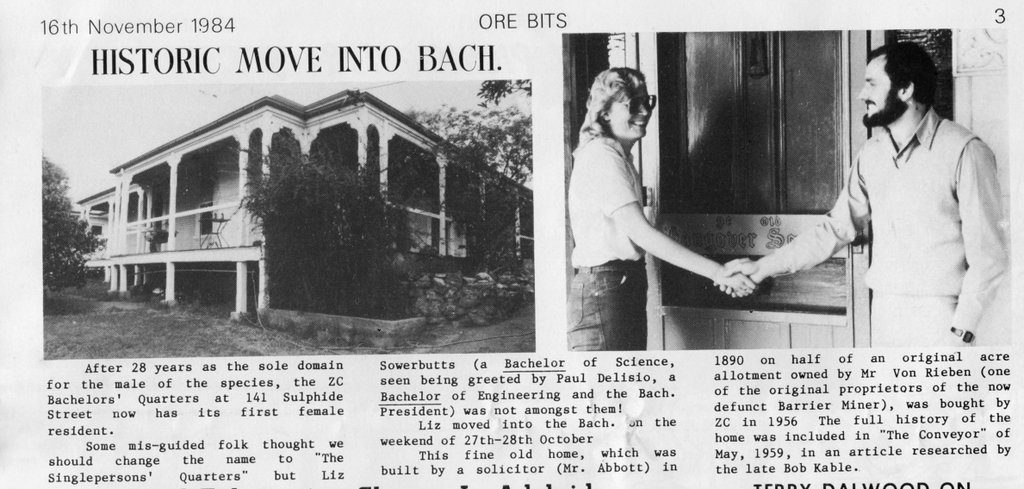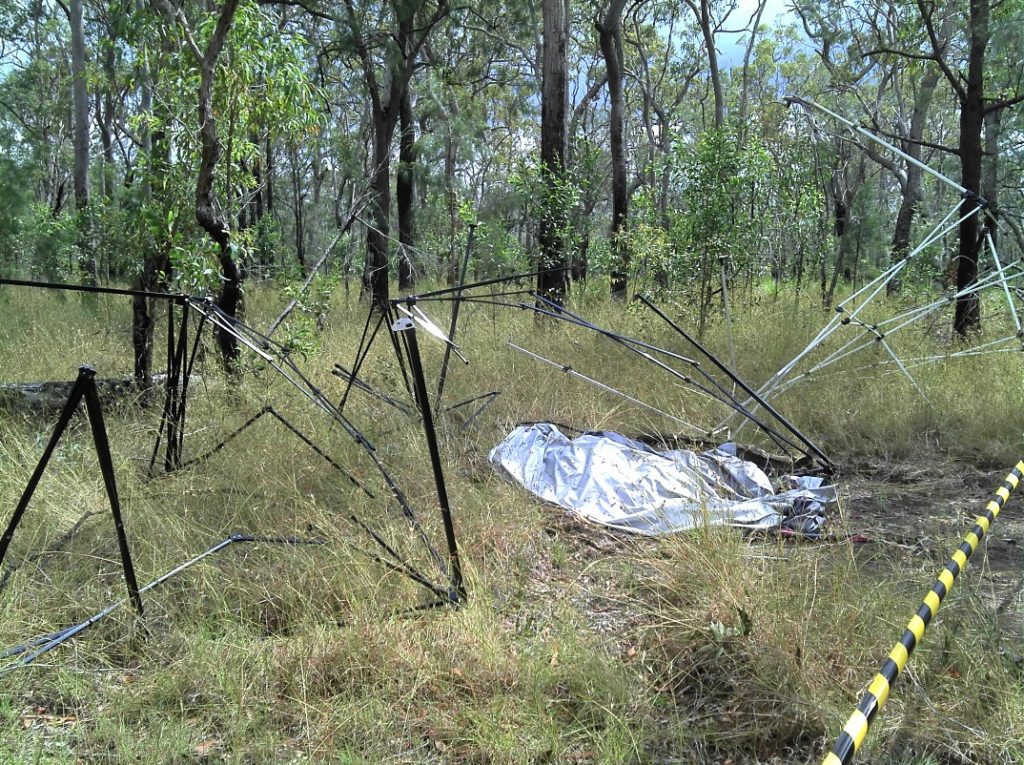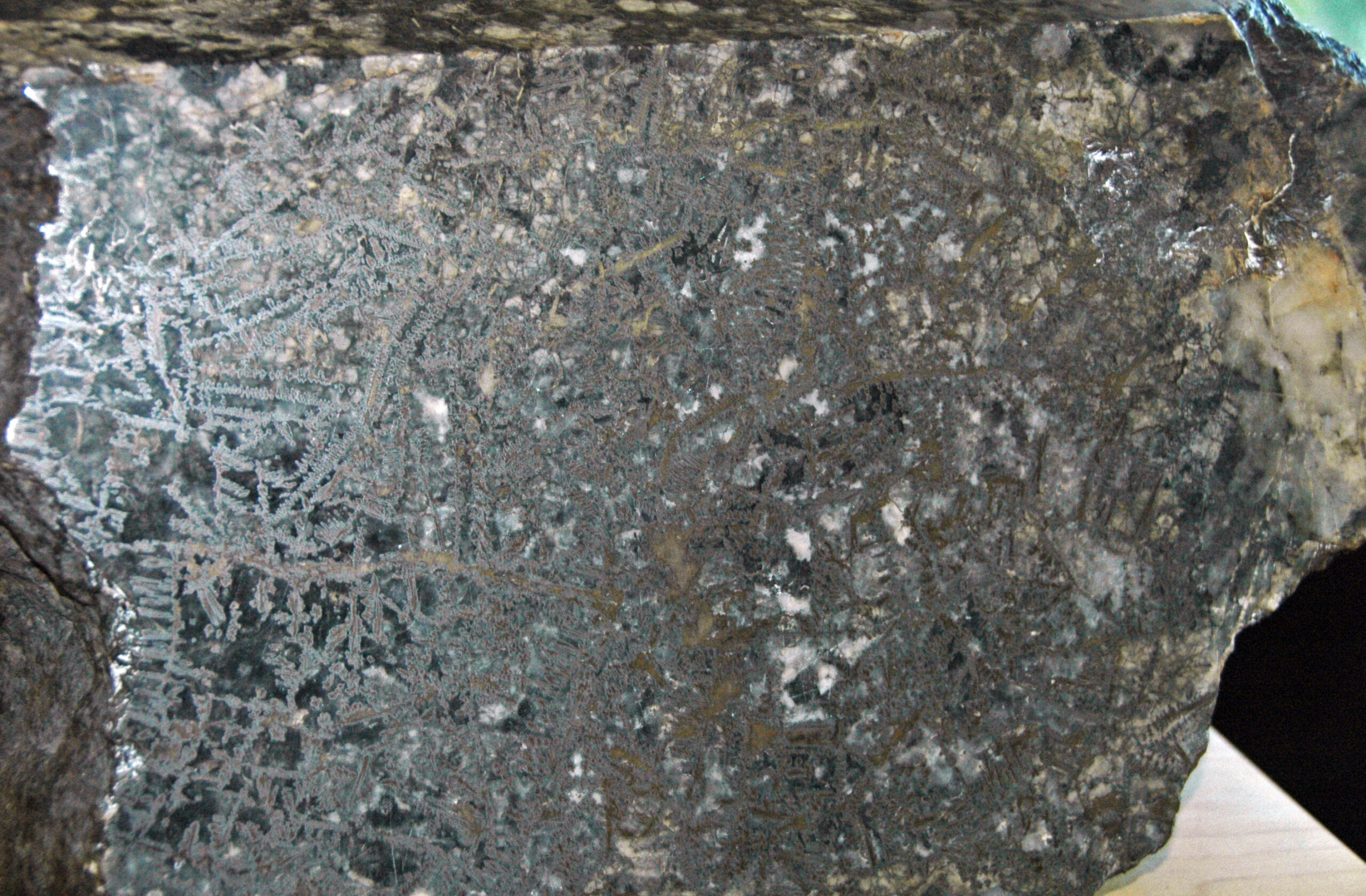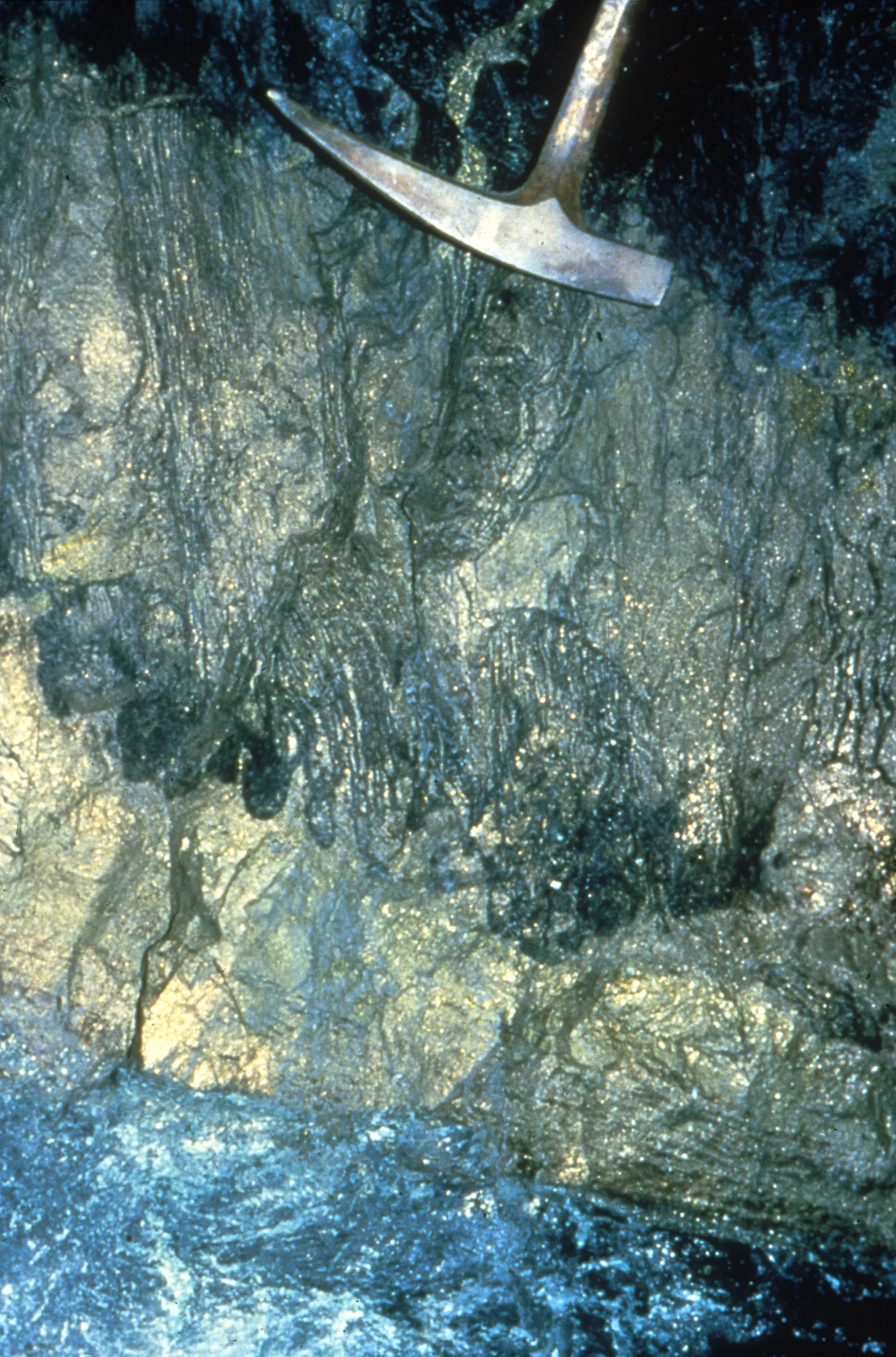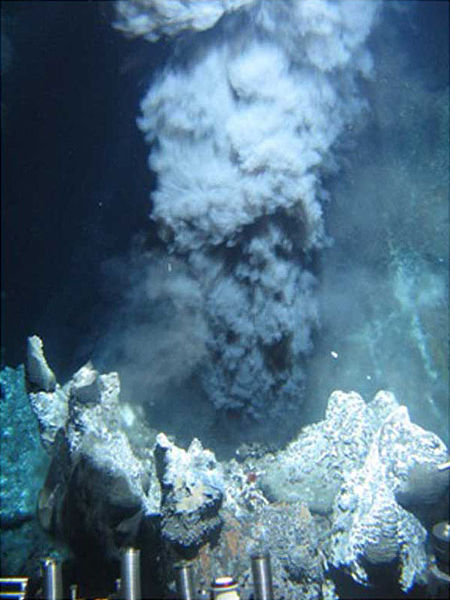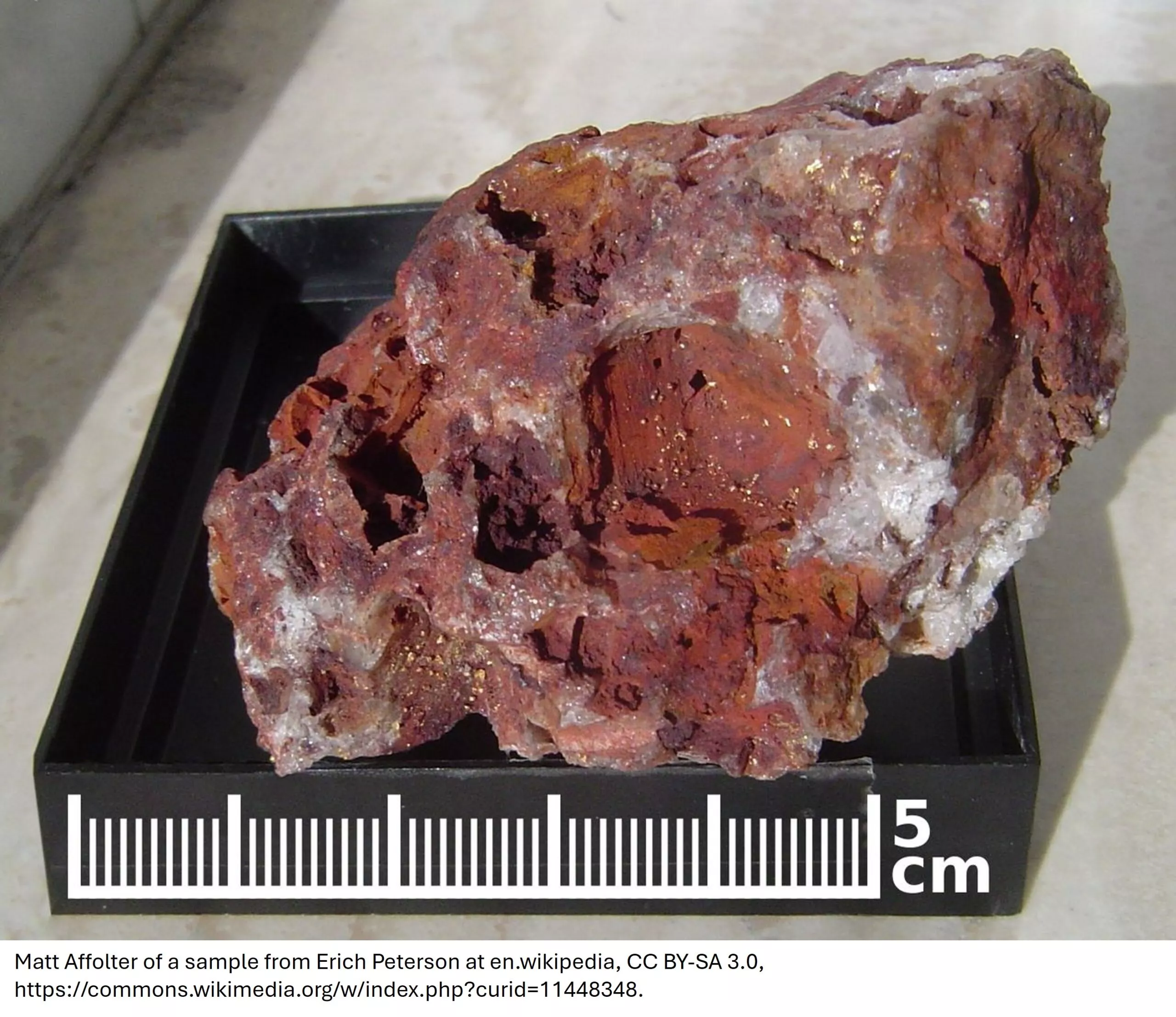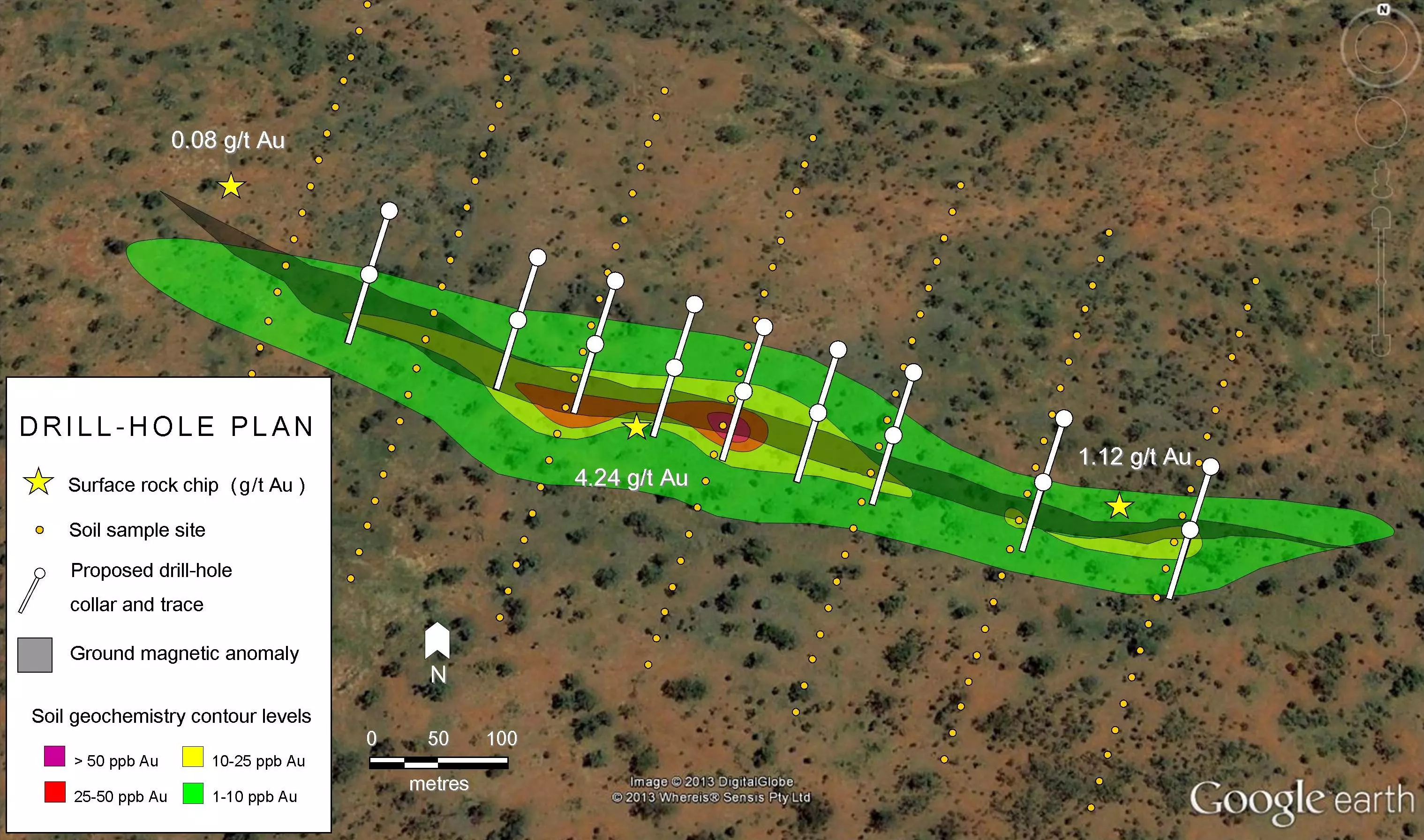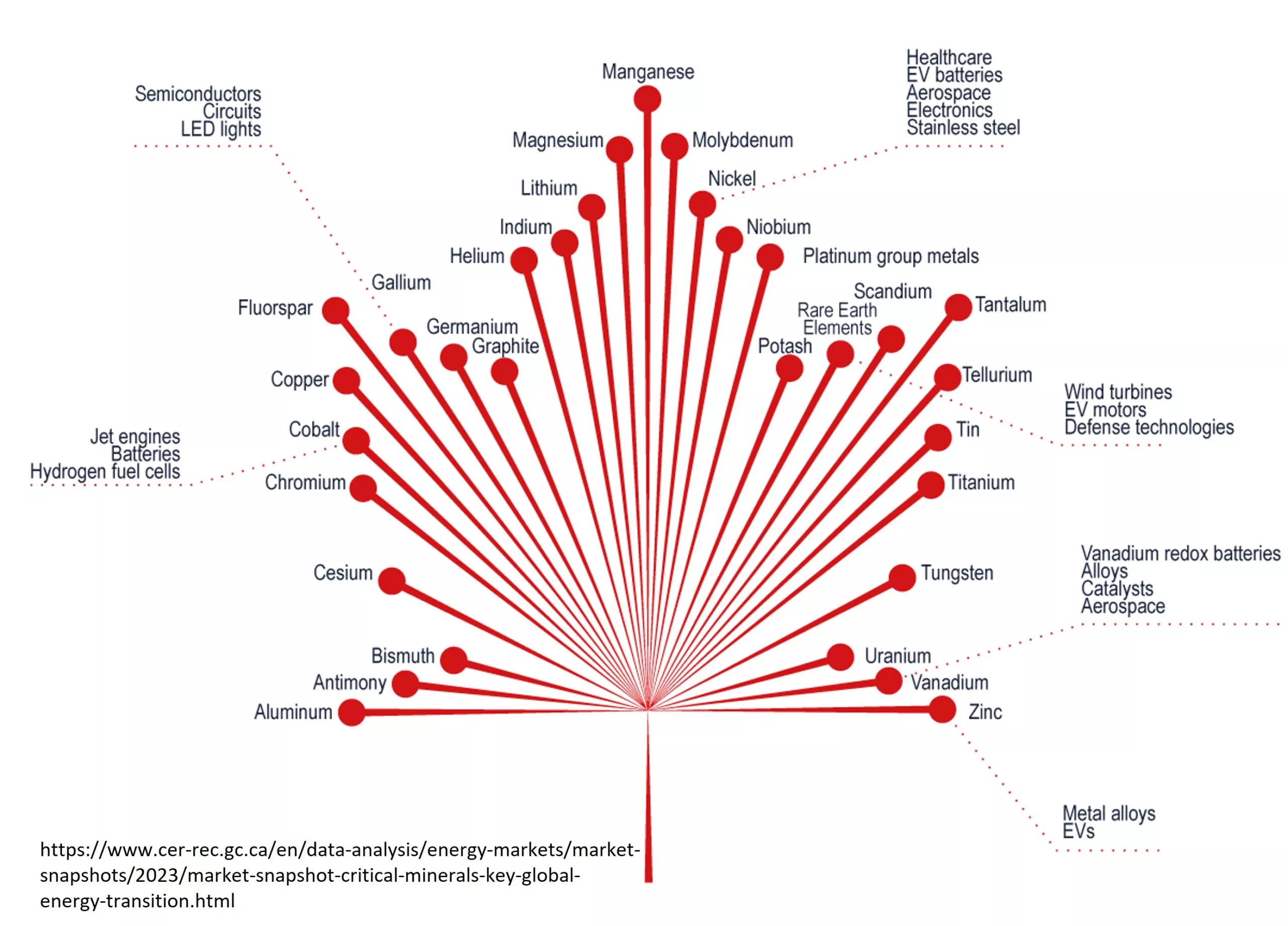A sizeable amount of time and money go into a property from the exploration process to the ideal outcome of a mine site. This summary article will serve as a good starting point to anyone interested in investing in the mineral exploration and mining industries.
Staking Your Claim
The first step for any exploration company, once an area is selected, is to stake a claim. Traditionally, this required the literal hammering in of stakes around the area of land claimed. Some jurisdictions these days operate an on-line system for registering claims, but many still require manual staking. Some areas may require contact with local or national governments in order to obtain mineral rights. In some case landowners may hold mineral rights and direct negotiation is required. Regardless, obtaining the mineral rights to a property is essential before any exploration expenses are incurred.
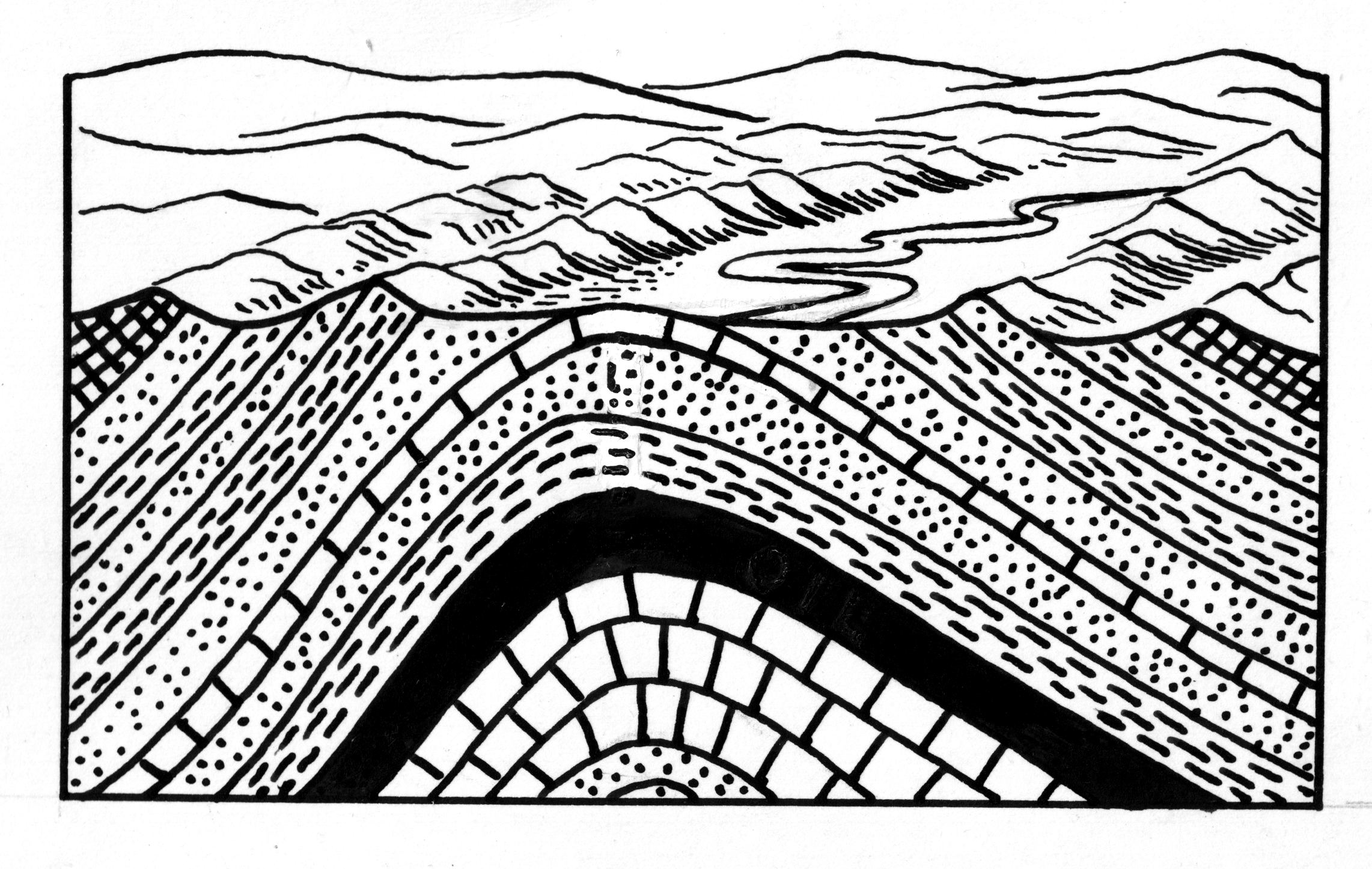
Finding Your Exploration Target
Once a company is allowed to conduct work on the property, their first goal is to find prospective ‘targets’ of mineralization. The preliminary work on a property can take many different forms. This often depends on the size and budget of the company involved, as well, what, if any, geology data is available.
Read more about finding an exploration target:
- Age Matters: Exploration and the Dating of Rocks
- Plate Tectonics – Mineralization and Plate Boundaries
- Location, Location, Location
- Undersea Mining
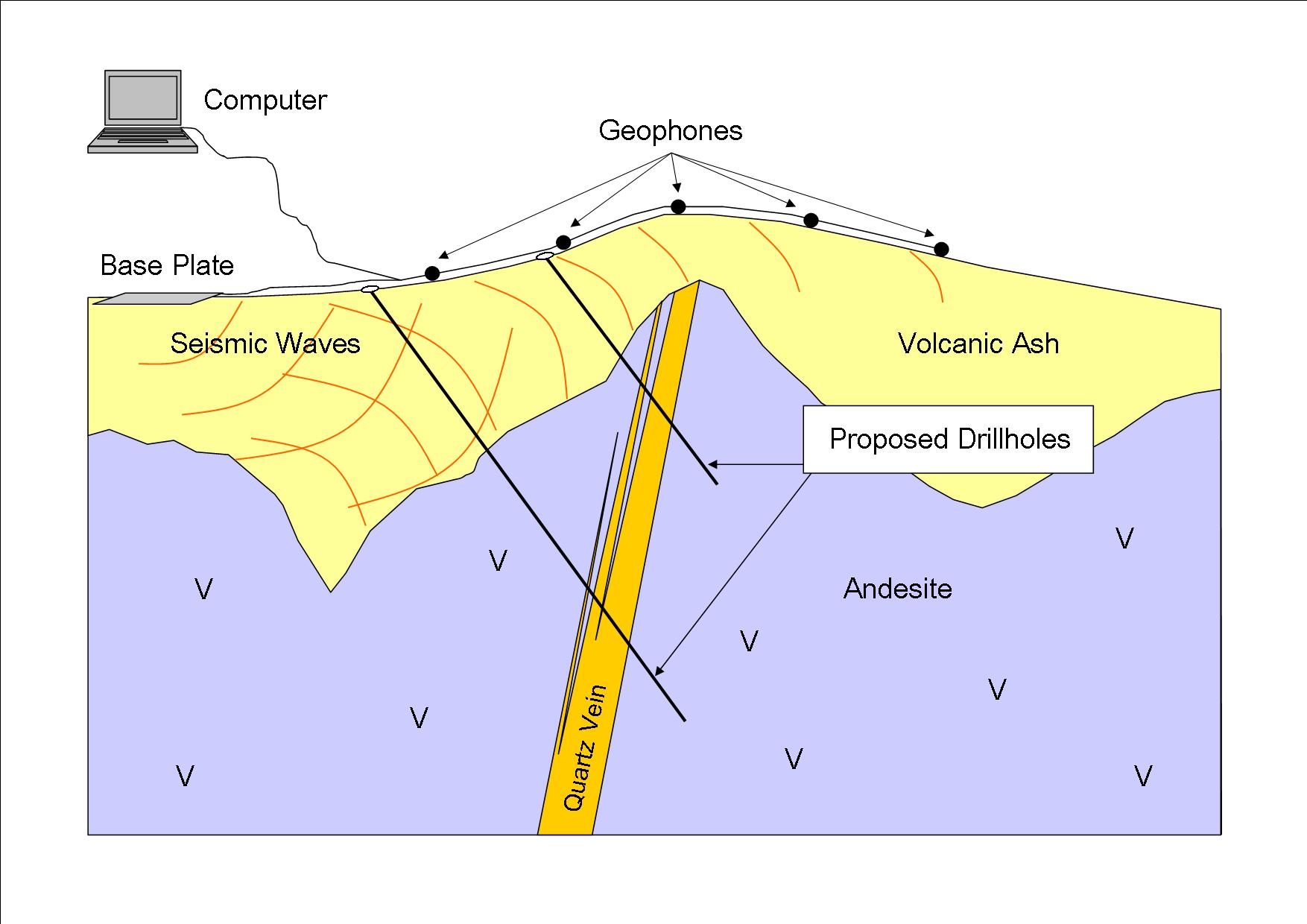
Geophysical Methods
A large range of geophysical methods is used in exploration, including seismic, gravity, magnetic, electrical and electromagnetic techniques. Geophysical surveys conducted by flying over an area (airborne geophysics) are by far the most common in the early stages of exploration. This is because they typically cover a much larger area and therefore have a higher probability of finding prospective targets.
Airborne surveys include magnetometers that measure magnetic anomalies in Earth’s magnetic field (metal exploration) and Geiger counters that determine the amount of radioactivity (uranium exploration). In the later stages of exploration, ground-based surveys may be used to investigate smaller areas. An example of a ground-based geophysical survey is electromagnetic geophysics. This technique detects materials that are more conductive than the surround rock, e.g. metals, at much more detail than an airborne survey.
Read more about geophysical exploration methods:
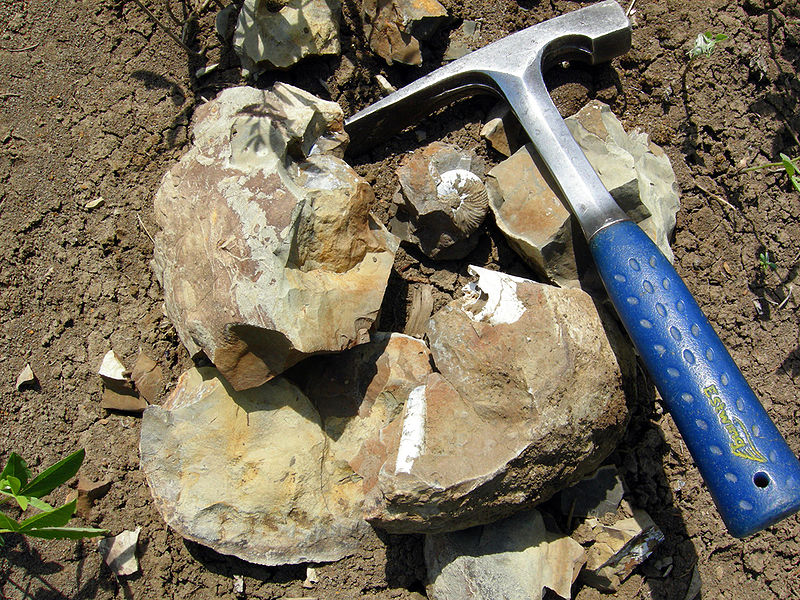
Geologic Mapping
During geologic mapping, a geologist will systematically map an area looking for rock outcrops. The geologist will analyze each outcrop recording data including rock type and structural geology as well as taking samples for geochemical analysis.
A geology mapping program may be conducted at the same time as a soil sampling program. More detailed mapping of smaller areas, i.e. individual outcrops or a few hundreds of meters square may be undertaken if an area of interest is found.
Read more about geologic mapping and field work:
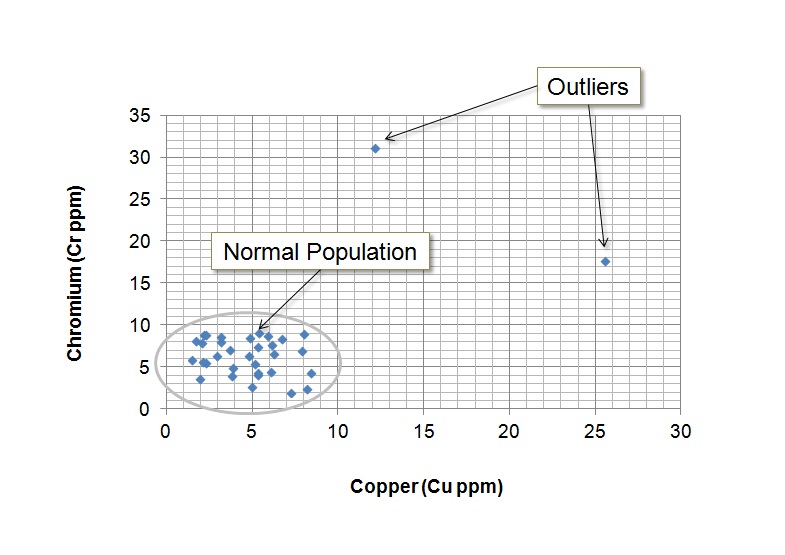
Geochemical Methods
Geochemical analysis is important in most exploration programs. Sampling aims to discover either anomalies the commodity of interest directly e.g. gold, or elements that are known to be associated with that commodity e.g. arsenic is often associated with gold. A program of any or all of soil, rock chip and stream sediment sampling may be undertaken. Soil and stream sediment sampling is particularly useful in areas where there are a few outcrops of the underlying rocks.
Read more about geochemical methods:
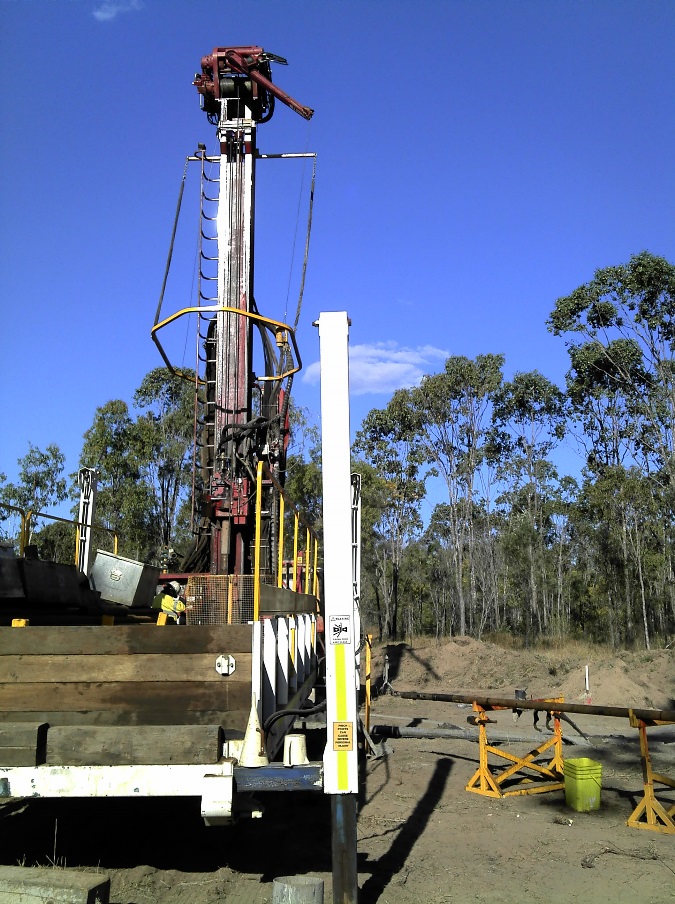
Drilling The Target
Once a prospective target has been identified, the next step is to try to better define the size of the mineralization found.
The first stage of drilling is to assist in the further definition of an exploration target. Drilling not only confirms and extends the understanding of the geology of the deposit, it also allows a sampling program which established the grade of the resource. The ultimate goal of a drilling program is for resource evaluation, i.e. quantify the grade and tonnage of the mineral occurrence. A successful drilling program is the first step towards the confirmation of an economic ore reserve.
Read more about exploration drilling:
- Drillhole Planning
- Diamond Drilling
- Drillhole Targets: Apparent vs. Real
- Reverse Circulation Drilling
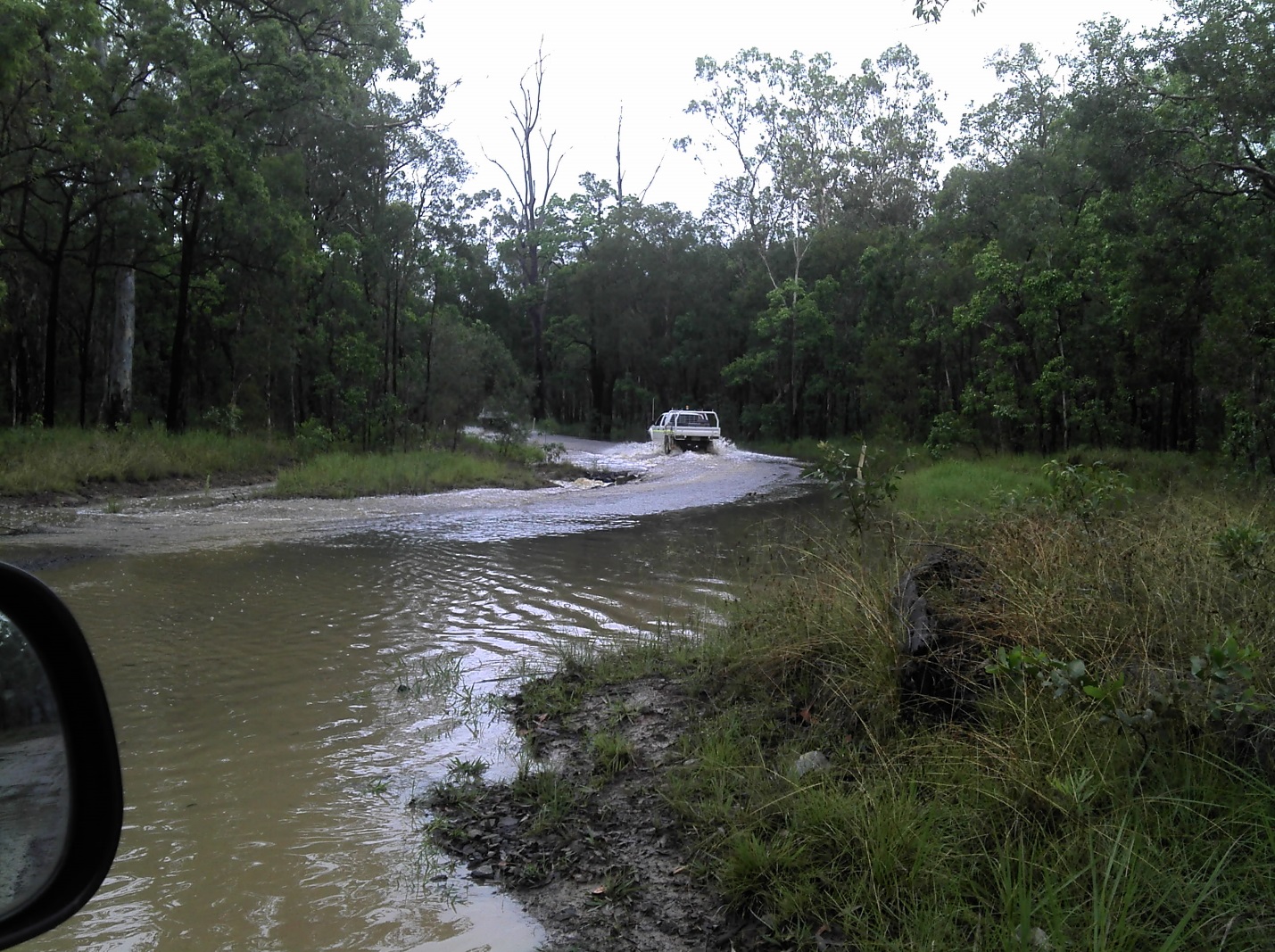
Feasibility Studies
Determining the economics of a potential ore reserve definition involves far more than the size and grade of the resource. A feasibility study must also consider many other aspects including:
- mining techniques,
- logistics of getting the resource to markets, and getting staff to site,
- metallurgical requirements to process the ore,
- likely future demand for the commodity which may affect its price,
- staff availability and housing issues,
- legal issues,
- environmental issues and cost ,
- governmental factors including legislative risk and governmental stability in some countries.
The economics, or otherwise, of a given deposit is a complex decision with many variable factors involved.
Read more about reserve definition:
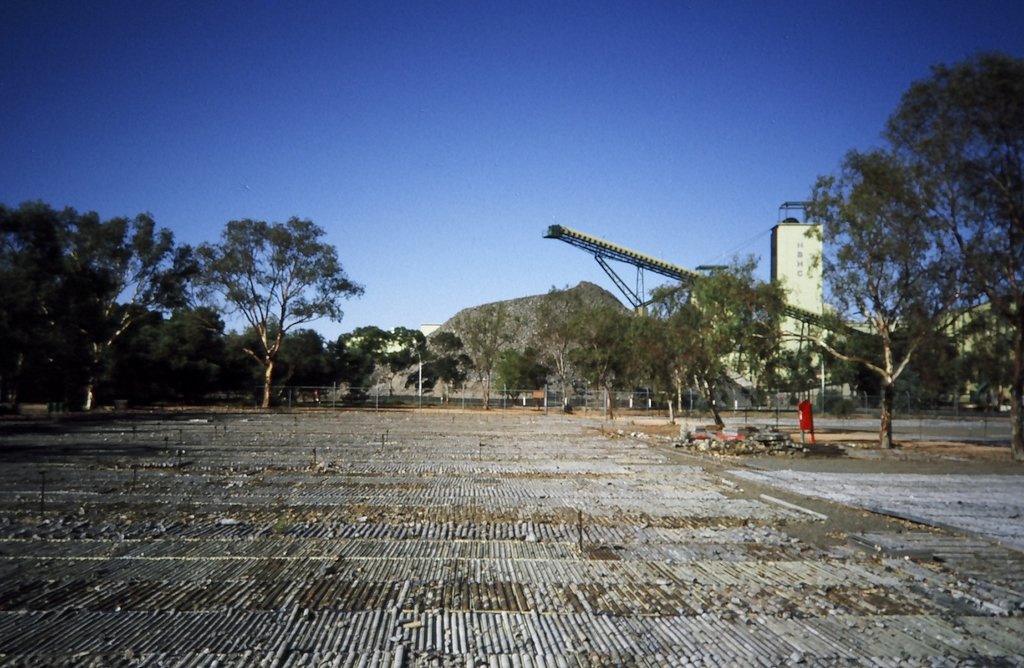
Opening A Mine
Ultimately, the process of opening a new mine can take years and sometimes even a deposit that may seem economical at first can prove to be uneconomical due to any number of the factors mentioned. To evaluate this one of three formal mining feasibility studies (order of magnitude, prefeasibility and detailed feasibility) is carried out. These studies determine whether the commodity can be mined economically or not. If the site is still economically viable after the detailed feasibility study, the company will begin the process of generating a mine site.
Read more about the difficulties of developing and operating a mine:

